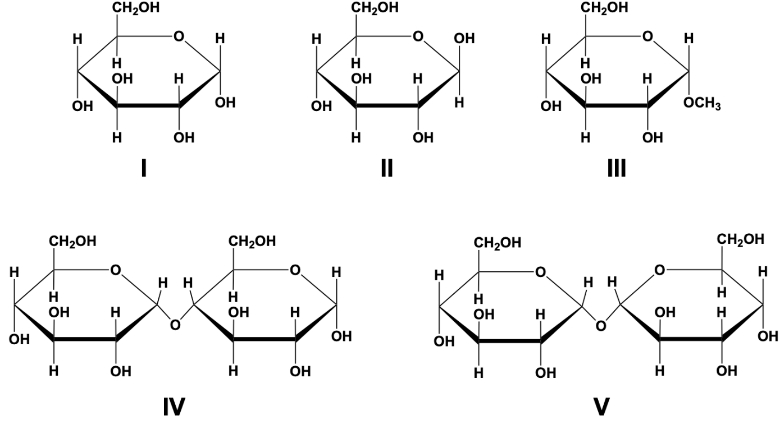Mutarotation is a specific type of epimerization, which involves the interconversion of epimers. Epimers are a subset of diastereomers that differ in the configuration of only one chiral carbon. This distinction is crucial because, unlike enantiomers, epimers are not mirror images of each other. For example, D-glucose and D-mannose are epimers, differing solely at the configuration of the C2 chiral carbon. In D-glucose, the C2 carbon has a D configuration (pointing to the right), while in D-mannose, it has an L configuration (pointing to the left).
The process of epimerization entails changing the configuration of the chiral carbon, which necessitates breaking and reforming stable covalent bonds. This transformation typically requires a catalyst, often an enzyme, to facilitate the bond changes. However, it is important to note that mutarotation, while related to epimerization, does not require a catalyst. Understanding these concepts lays the groundwork for a deeper exploration of mutarotation in subsequent discussions.


